The Pet Wearable Market is currently characterized by a dynamic competitive landscape, driven by technological advancements and an increasing focus on pet health and safety. Key players such as FitBark (US), Whistle (US), and Garmin (US) are at the forefront, each adopting distinct strategies to enhance their market positioning. FitBark (US) emphasizes innovation in health monitoring, while Whistle (US) focuses on GPS tracking and activity monitoring, catering to pet owners' growing demand for real-time data. Garmin (US), known for its robust technology, integrates advanced features into its wearables, appealing to tech-savvy consumers. Collectively, these strategies foster a competitive environment that prioritizes innovation and customer engagement, shaping the market's trajectory.
In terms of business tactics, companies are increasingly localizing manufacturing and optimizing supply chains to enhance efficiency and reduce costs. The Pet Wearable Market appears moderately fragmented, with several players vying for market share. However, the influence of major companies like Garmin (US) and Whistle (US) is substantial, as they leverage their technological expertise and brand recognition to capture consumer interest and loyalty.
In August 2025, Whistle (US) launched a new subscription service that offers personalized health insights based on the data collected from its wearables. This strategic move not only enhances customer engagement but also positions Whistle (US) as a leader in pet health analytics, potentially increasing customer retention and lifetime value. The subscription model may also provide a steady revenue stream, allowing for further investment in product development.
In September 2025, Garmin (US) announced a partnership with a leading veterinary network to integrate health monitoring data from its wearables into veterinary care systems. This collaboration is strategically significant as it bridges the gap between pet technology and veterinary services, enhancing the value proposition for pet owners. By providing actionable health insights to veterinarians, Garmin (US) strengthens its position in the market and fosters trust among consumers.
In July 2025, FitBark (US) introduced a new feature that allows pet owners to track their pets' mental health through behavioral analytics. This innovation reflects a growing trend towards holistic pet care, addressing not only physical health but also emotional well-being. By diversifying its product offerings, FitBark (US) may attract a broader customer base, thereby enhancing its competitive edge in the market.
As of October 2025, the Pet Wearable Market is witnessing trends such as digitalization, sustainability, and the integration of artificial intelligence. These trends are reshaping competition, with companies increasingly forming strategic alliances to enhance their technological capabilities and market reach. The shift from price-based competition to a focus on innovation and technology is evident, as companies strive to differentiate themselves through unique features and reliable supply chains. Looking ahead, competitive differentiation will likely evolve further, emphasizing the importance of technological advancements and customer-centric solutions in driving market success.

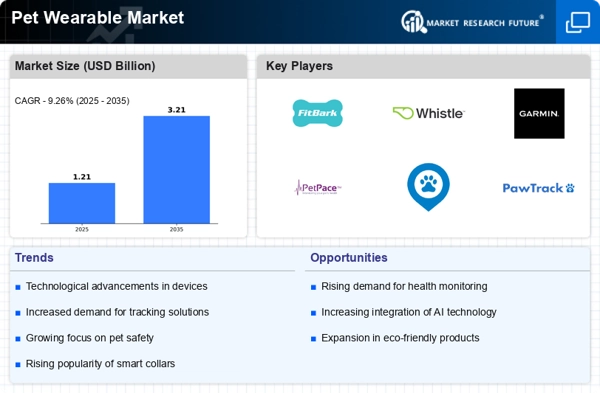


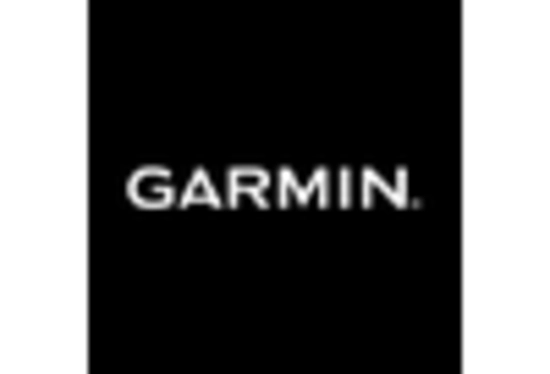
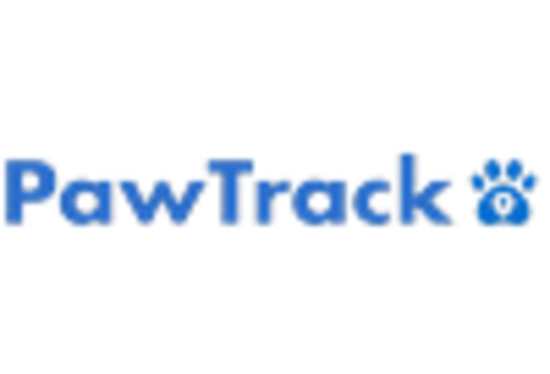
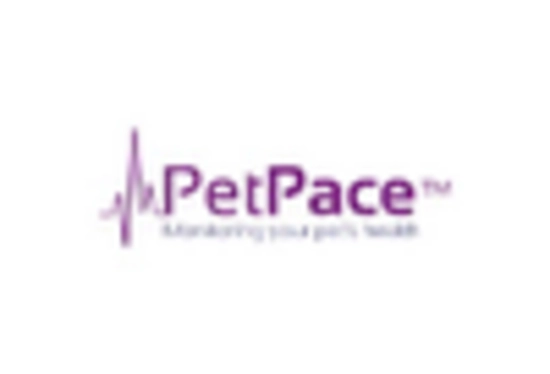

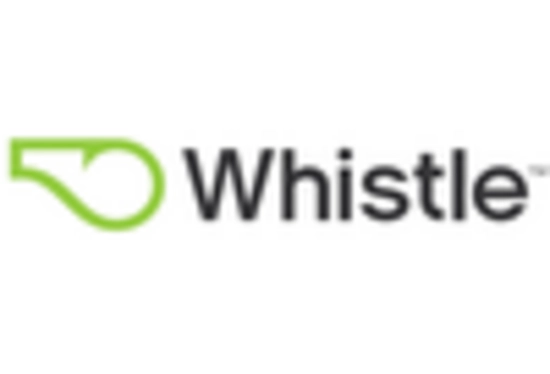








Leave a Comment